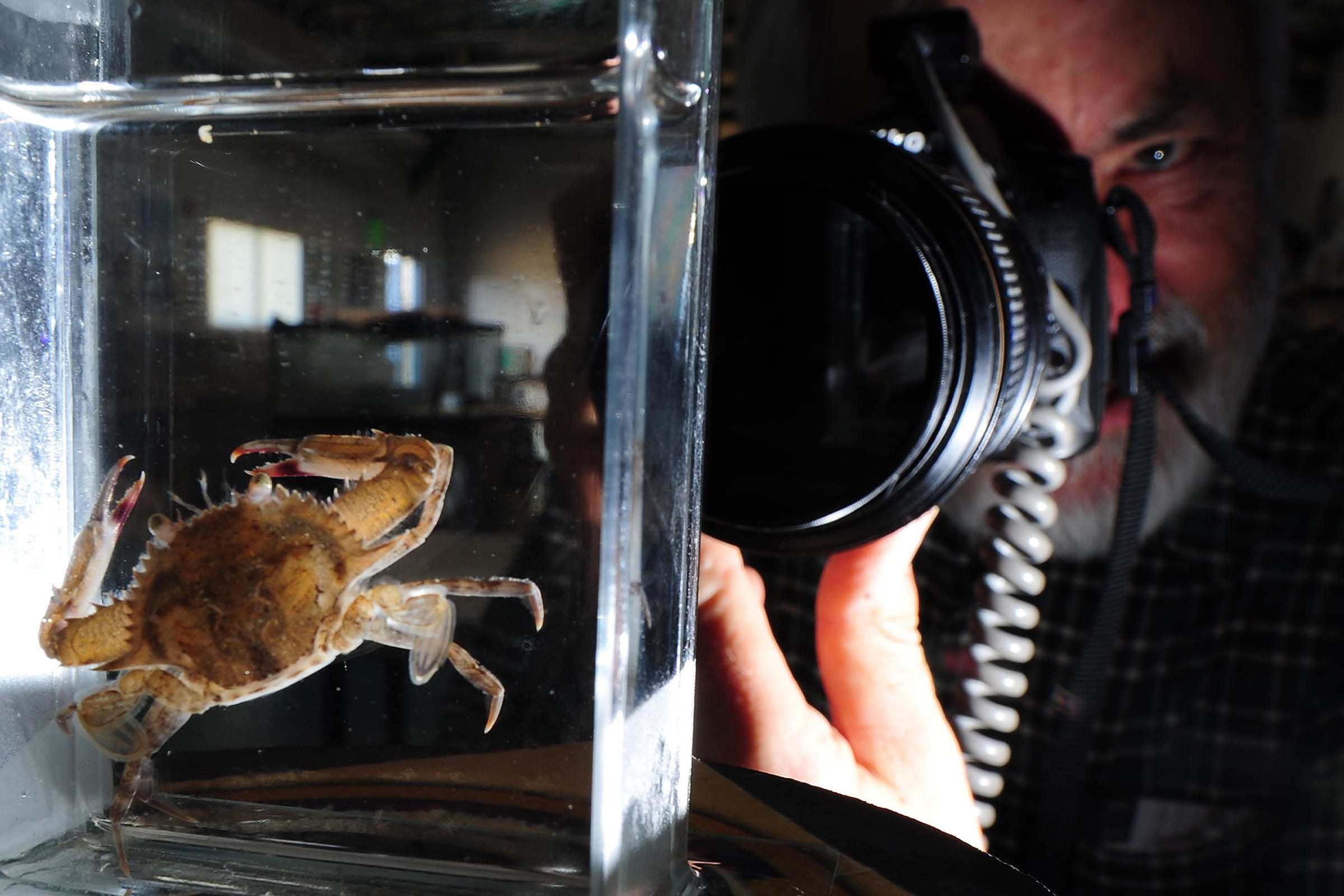Ocean critters captured on film
Peter Bryant, developmental & cell biology professor, has spent decades photographing tide pool invertebrates called filter feeders, which keep the water clear by eating suspended matter and food particles.

The stretch of sea floor between low and high tide is one of the most populated habitats on Earth. Critters that live in this intertidal zone include barnacles, sand crabs, sea squirts, tube worms, moss animals, clams, oysters and mussels.
Peter Bryant, developmental & cell biology professor, has spent decades photographing these tide pool invertebrates called filter feeders, which keep the water clear by eating suspended matter and food particles.
“Without filter feeders doing their work day and night, our coastal waters soon would turn into soup,” Bryant says. “The most appealing of the filter feeders probably is the sand crab. They burrow in the sand and allow the waves to move water over their antennae, which filter out microscopic food.”
Collecting these creatures is against the law in many coastal communities, “but photographing them is at least as much fun – and even more challenging,” Bryant says.
Bryant collected many of his subjects during marine life inventory programs at the Back Bay Science Center in Newport Beach, took their pictures, then returned them to the bay.